Watching a volcano erupt is both humbling and exhilarating—a reminder of the planet’s untamed energy. Join me as I capture this breathtaking spectacle, standing on the edge of creation itself.
Not long before arriving on the Big Island of Hawai’i, we learned that Kīlauea, one of the world’s most famous volcanoes, had just begun erupting. What could be a more memorable way to start the new year than witnessing the raw power of nature through the dramatic flow of lava?
I recently came across the concept of “awe”—a new experience that takes your breath away, providing an all-encompassing feeling of joy. This could be something as simple as trying a new food or listening to new music, or as grand as hiking to the top of a new peak to see the view. Since learning this and paying attention to how I feel after such experiences, I’ve been searching for moments of “awe”. It was clear that embracing this unique opportunity to witness the dynamic forces that have shaped the Hawaiian Islands for millions of years would be just what I was looking for.
Exploring the Wonders of Hawai’i Volcanoes National Park
On New Year’s Day, we embarked on a short road trip around the southern part of the island from Kona to Hilo. As we approached Hawai’i Volcanoes National Park, we could see the plume of “vog” rising from the Kīlauea eruption.
We entered the park and decided to purchase an America the Beautiful annual pass (The National Parks and Federal Lands Pass) to ignite our 2025 goal of exploring more National Parks. At the visitor center, we learned about a unique place to watch the eruption, off the beaten path from the crowds. We decided to return before sunrise the following day to witness the eruption lit only by the stars.
Chasing the Sunrise
We awoke at 3am to drive back to the park, arriving much before sunrise in hopes of seeing the veins of lava glow in the pitch black of night. We walked in the dark to the edge of the crater, and, as we approached the glowing volcano, I experienced a rush of adrenaline and emotion.
We stayed much longer than expected, unable to pull ourselves away from this incredible view. As time ticked by, the stars gave way to a cotton candy sky. The glowing lava flows, which, in my opinion, looked like a city viewed from a plane at night, nearly disappeared into daytime hibernation. Steam, vaporized from groundwater seeping into hot rocks deep underground, billowed from fumaroles (openings in the Earth’s surface).
Hiking the Kīlauea Iki Trail
Excited to explore more of the park’s offerings, we took the Kīlauea Iki Trail, a remarkable 4-mile loop that offers an unforgettable journey through diverse landscapes shaped by volcanic activity.
We began the hike not long after sunrise, descending through the lush tropical rainforest of vibrant plant life. Sounds of native birds accompanied our steps, and towering trees and vibrant ferns lined the path, creating shade for a cool and serene hike down.
The scenery started to transform dramatically, and we could even see the volcano eruption from a new angle over the treetops. Eventually, the trail opened onto the expansive, hardened lava lake of Kīlauea Iki, formed during a powerful eruption in 1959.
Walking across this vast, surreal landscape feels like stepping onto another planet. Steam vents dot the surface, releasing heat from deep within the Earth— a constant reminder that volcanic forces are still at work below our feet. The stark beauty of the cooled lava floor contrasted with patches of greenery in the process of reclaiming the land. Refreshing gusts of strong wind pushed us along as we crossed the lava lake.
The return ascent lead us back into the forest, and we completed the loop with a renewed appreciation for nature’s power and resilience.
A Must-Visit Destination
The park’s ever-changing landscape is not only a geological wonder, but a place deeply connected to Hawaiian culture—the park’s landscape is considered sacred by Native Hawaiians, who tell stories of Pele, the goddess of volcanoes. Whether you’re a nature enthusiast, a geology buff, or simply seeking a breathtaking adventure, Hawai’i Volcanoes National Park offers something for everyone.
Tips for Your Visit
🌋 Check the Park Alerts: Volcanic activity can change rapidly. Stay informed about current conditions and road closures by visiting the National Park Service website.
🧥 Dress in Layers: The park’s elevation ranges from sea level to over 13,000 feet, so temperatures can vary significantly.
⛑️ Stay Safe: Respect all warning signs and stay on designated trails. Volcanic gases can be hazardous, especially for those with respiratory conditions.
🎒 Pack Essentials: Bring water, snacks, and sunscreen for long hikes.
Tips for Your Visit
🌋 Check the Park Alerts: Volcanic activity can change rapidly. Stay informed about current conditions and road closures by visiting the National Park Service website.
🧥 Dress in Layers: The park’s elevation ranges from sea level to over 13,000 feet, so temperatures can vary significantly.
⛑️ Stay Safe: Respect all warning signs and stay on designated trails. Volcanic gases can be hazardous, especially for those with respiratory conditions.
🎒 Pack Essentials: Bring water, snacks, and sunscreen for long hikes.
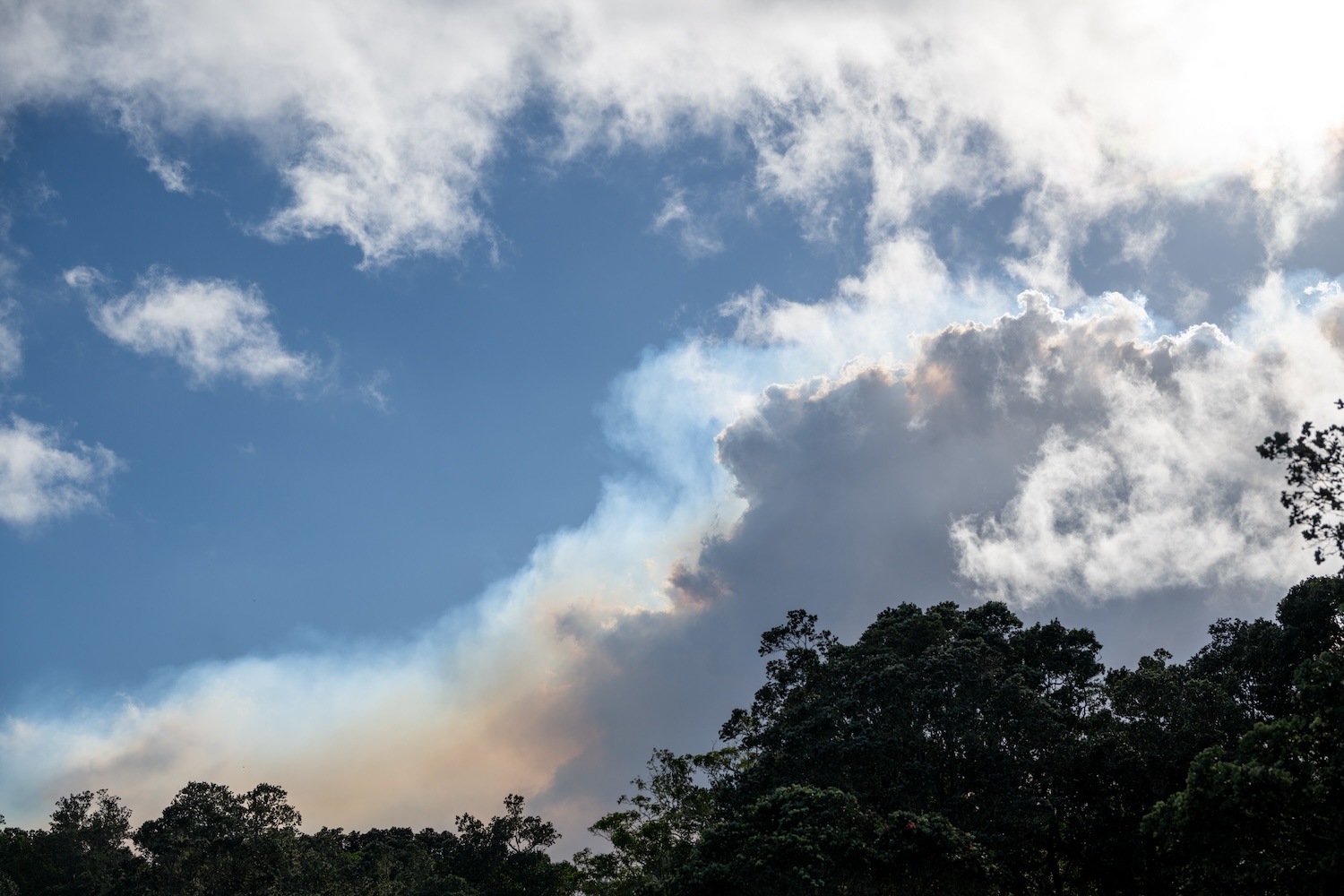

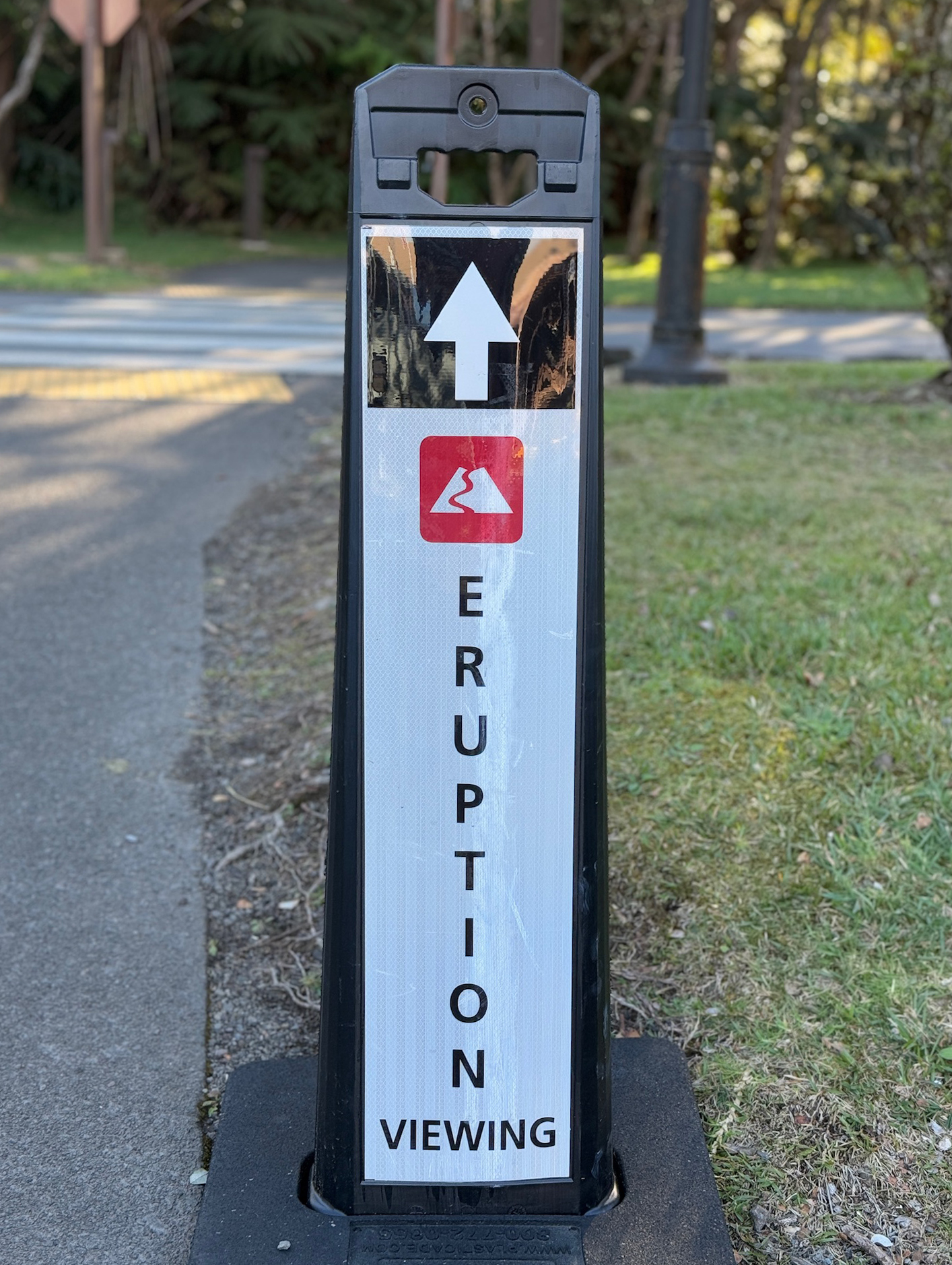
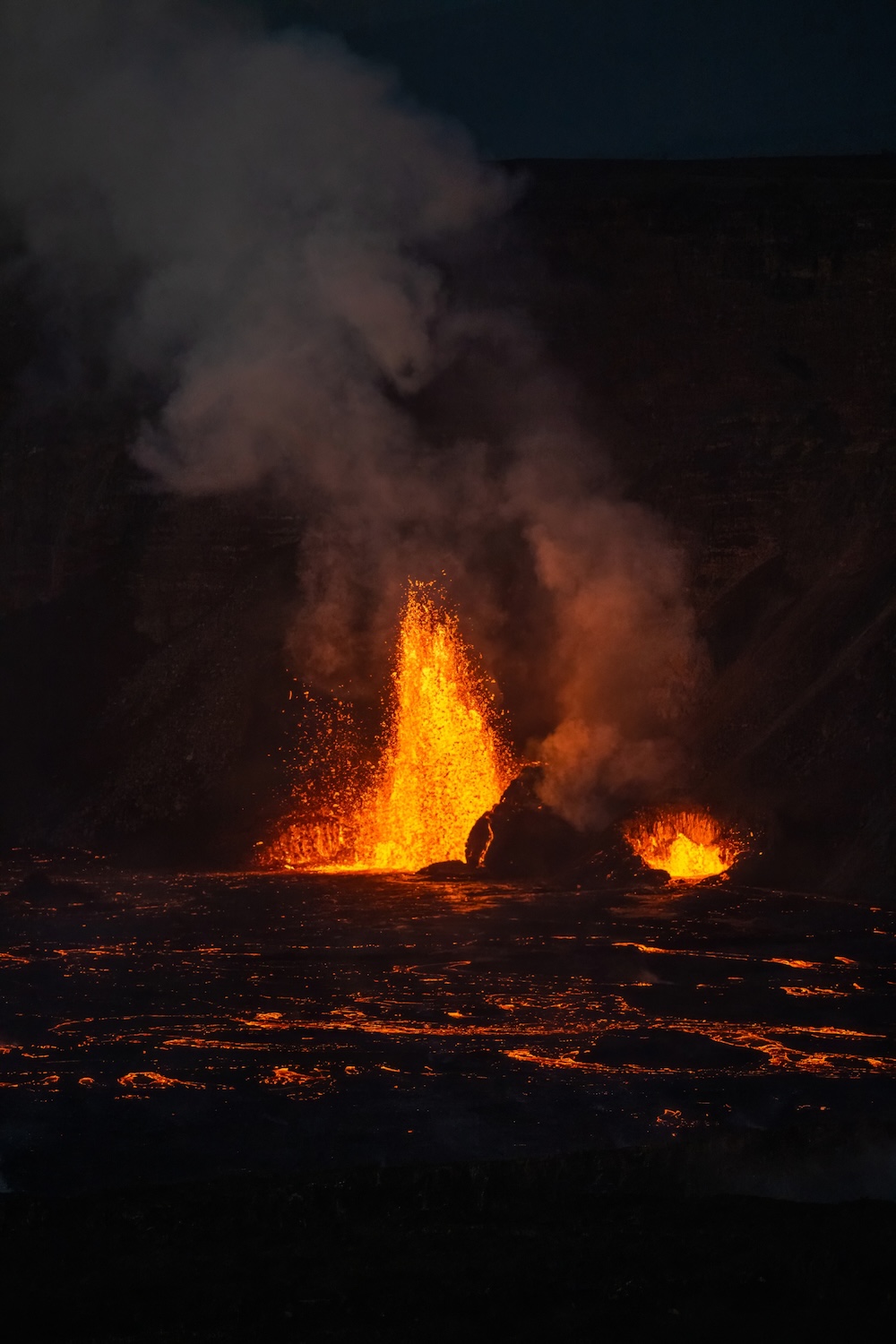
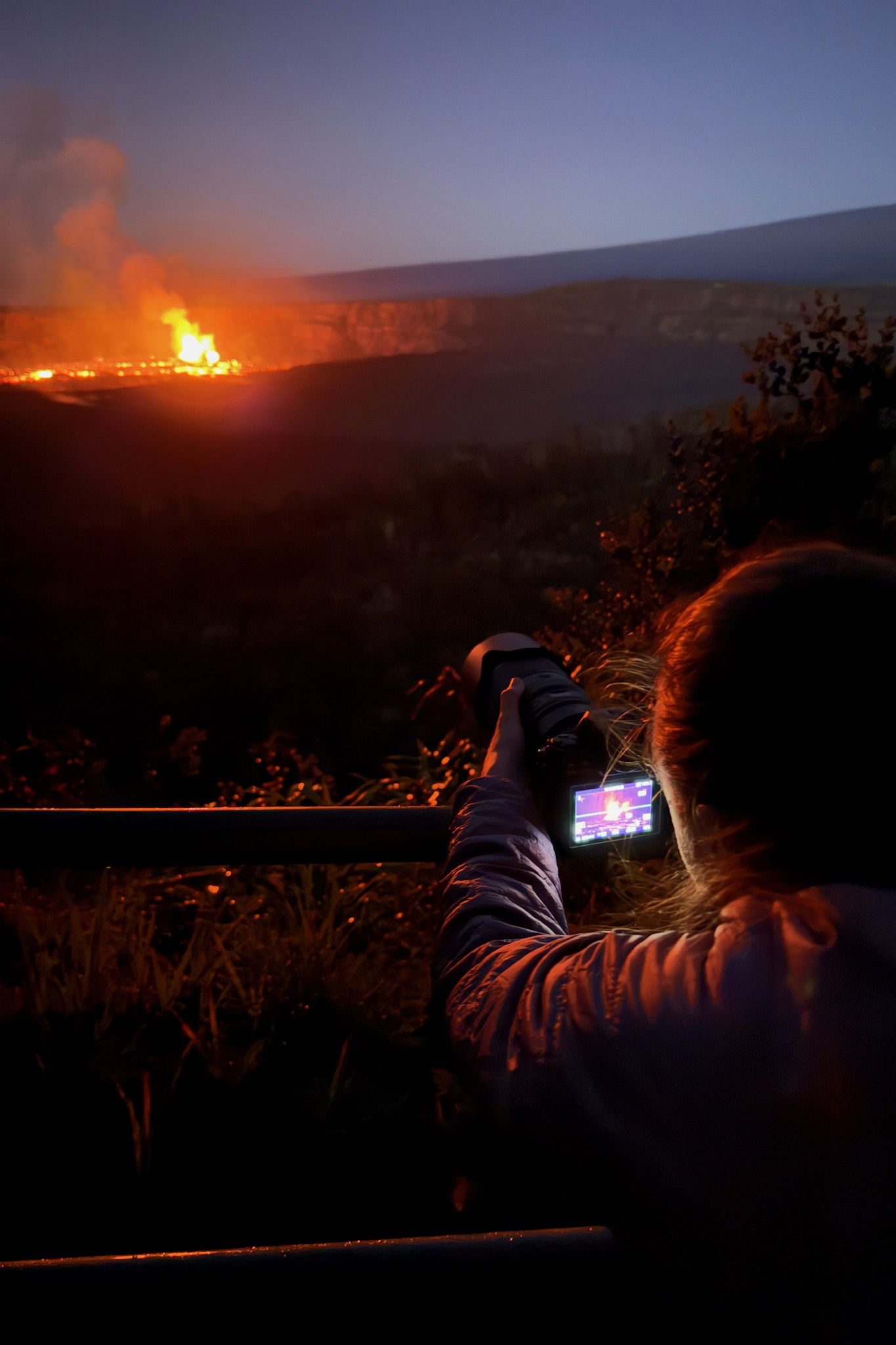
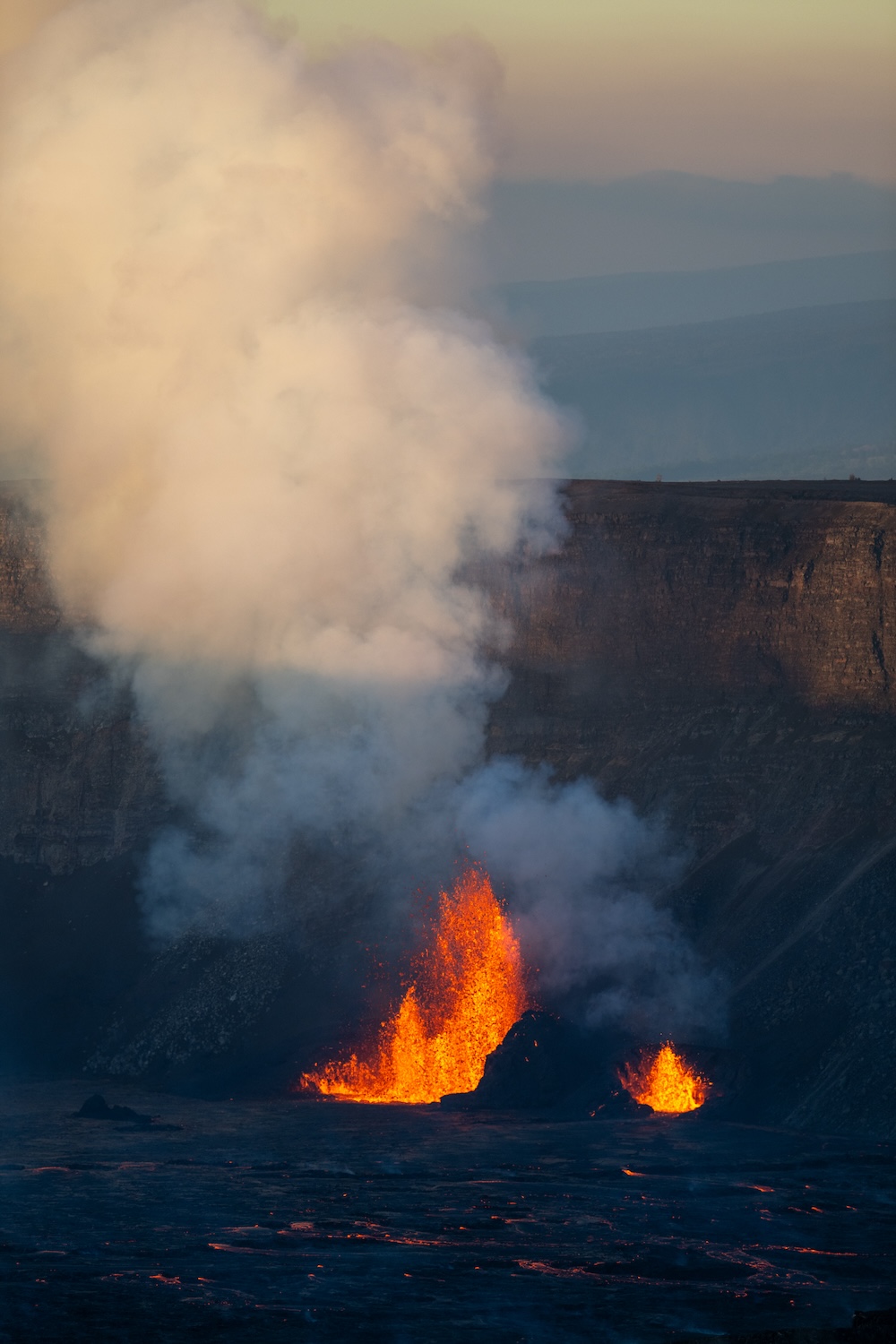
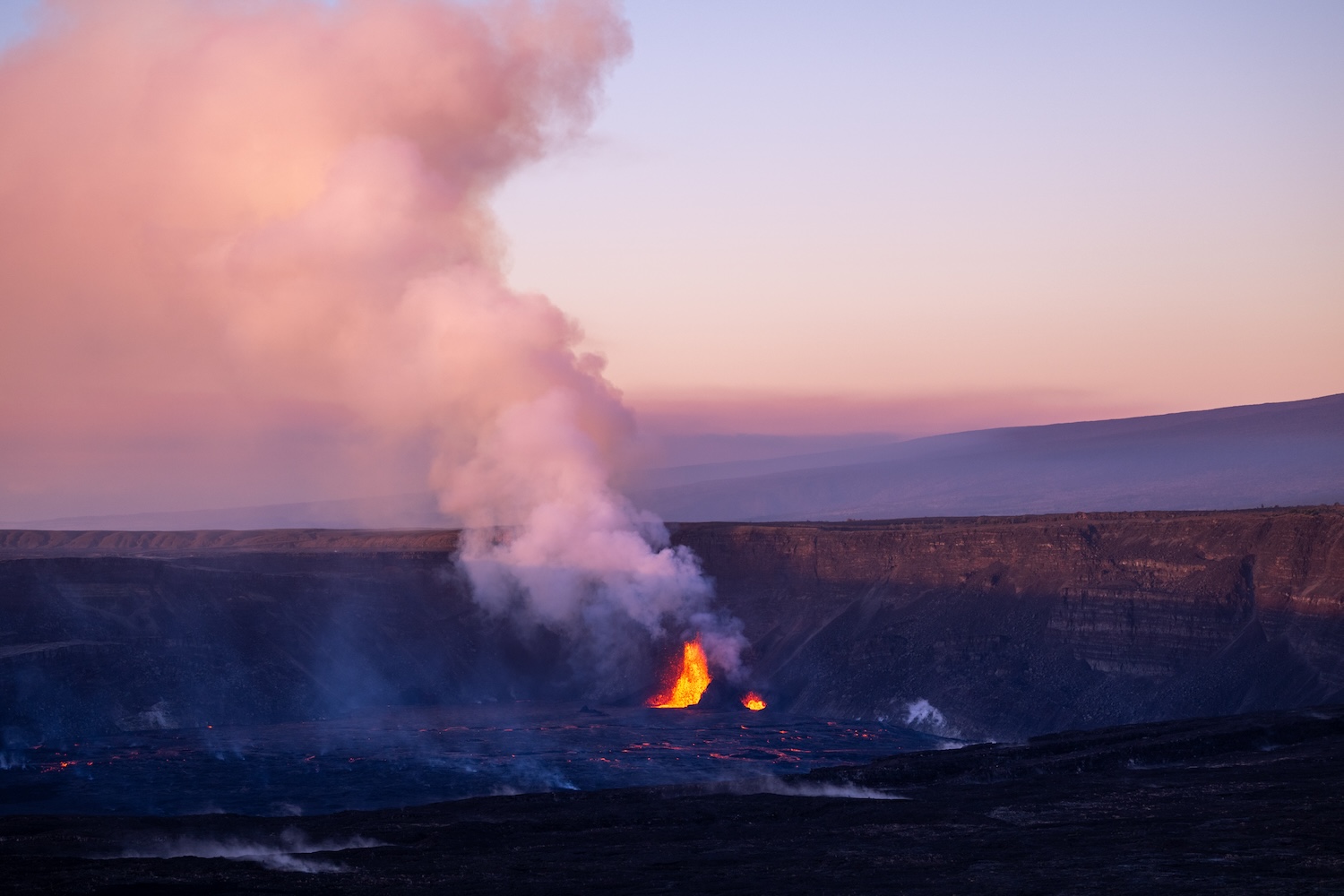
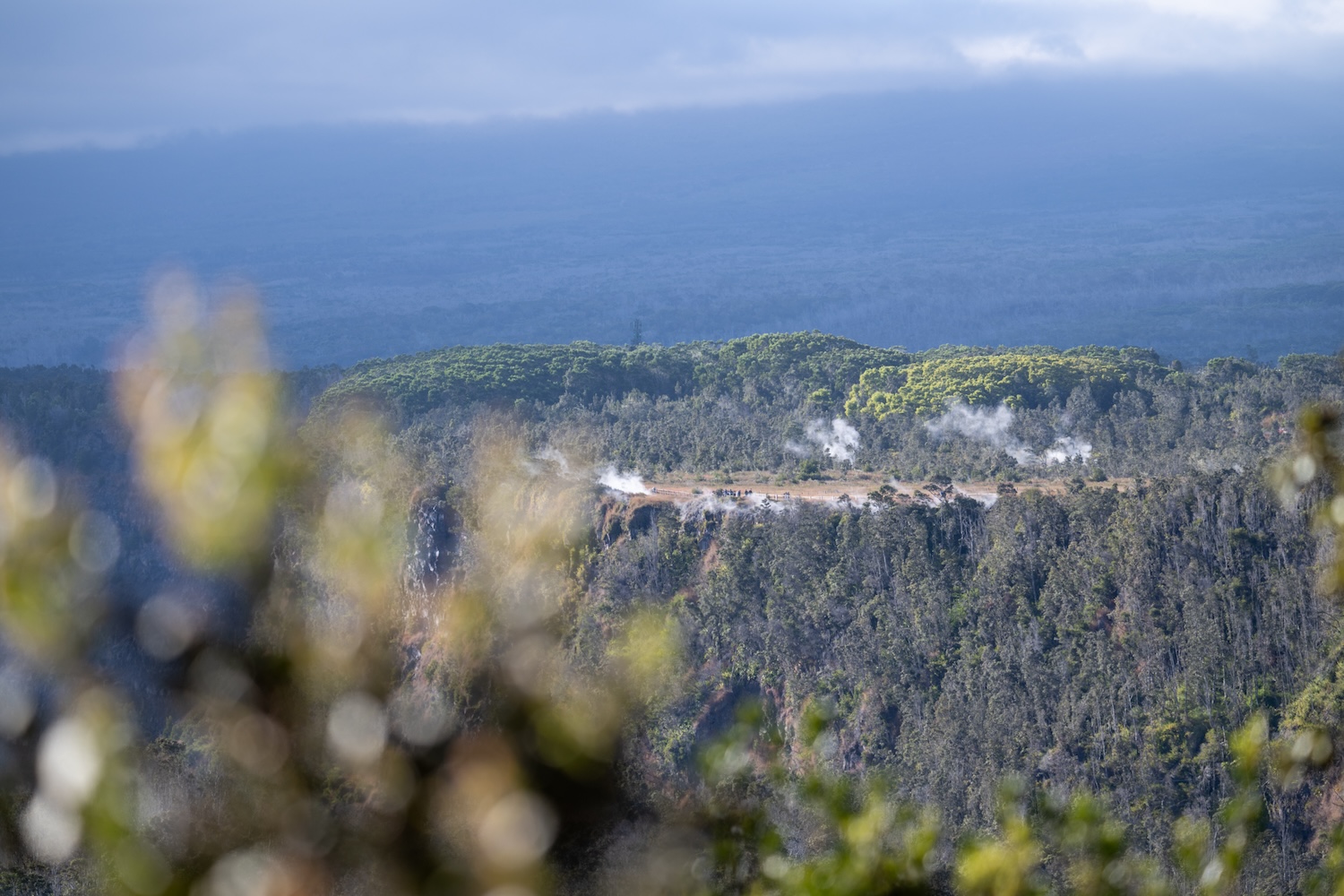
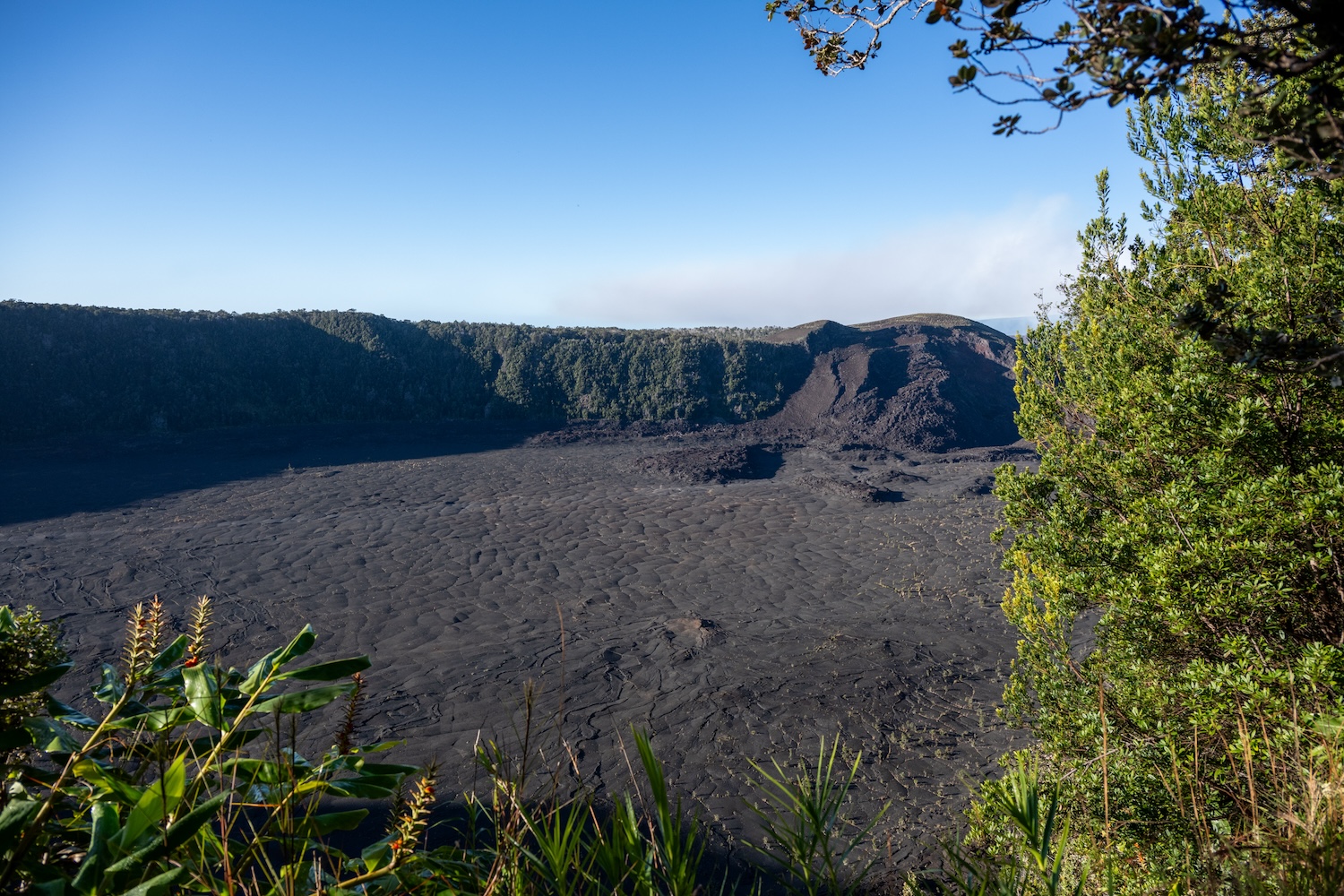
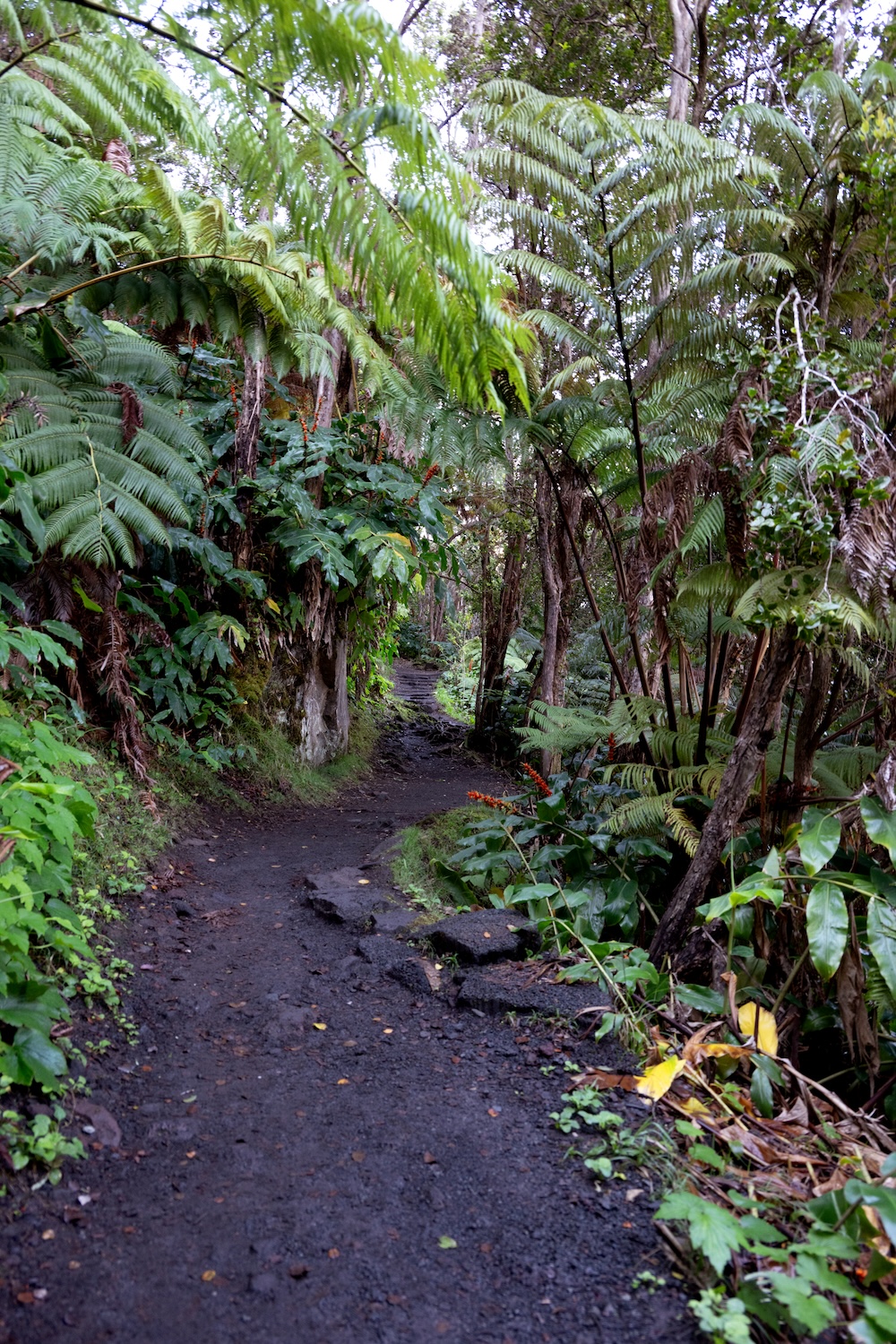
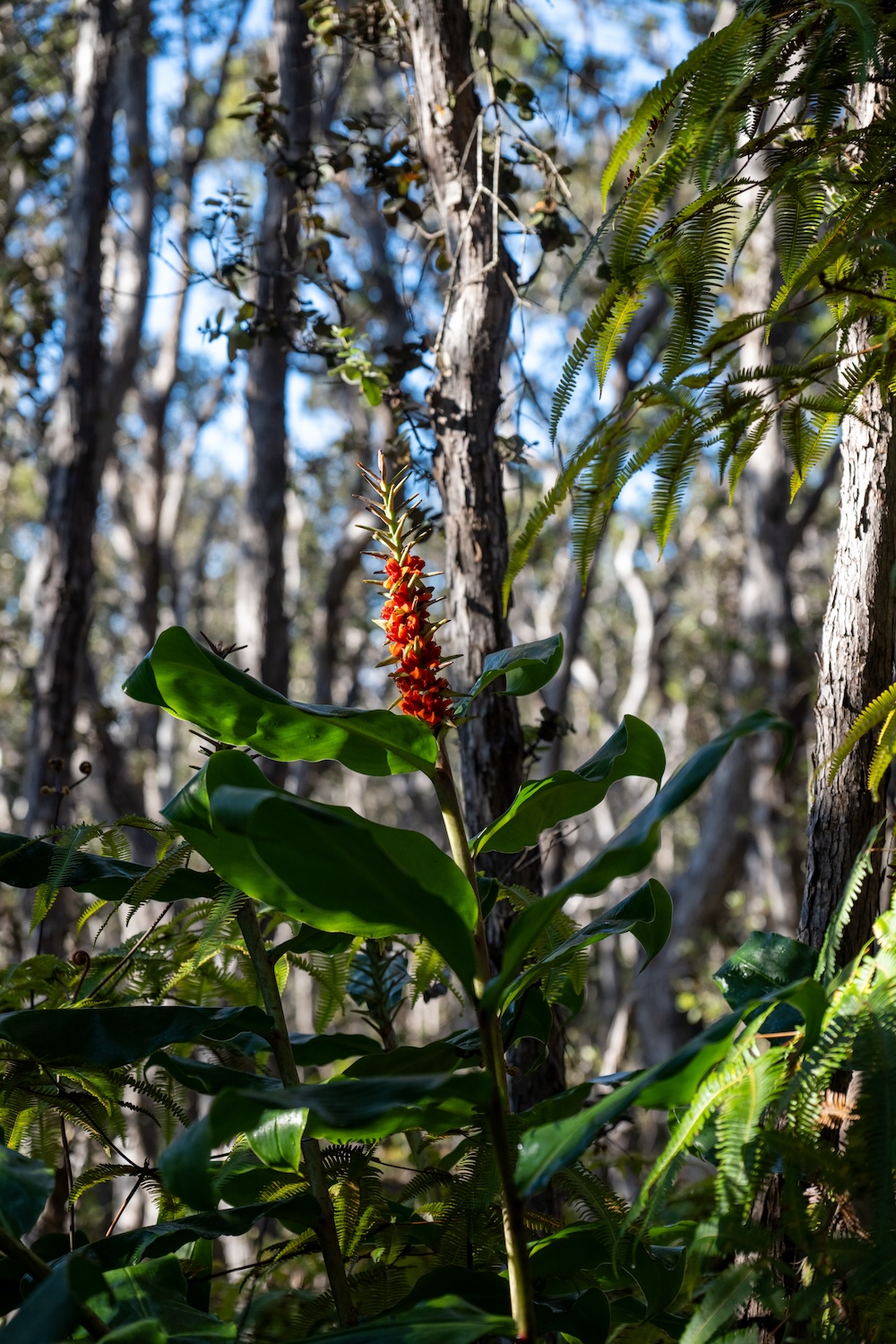
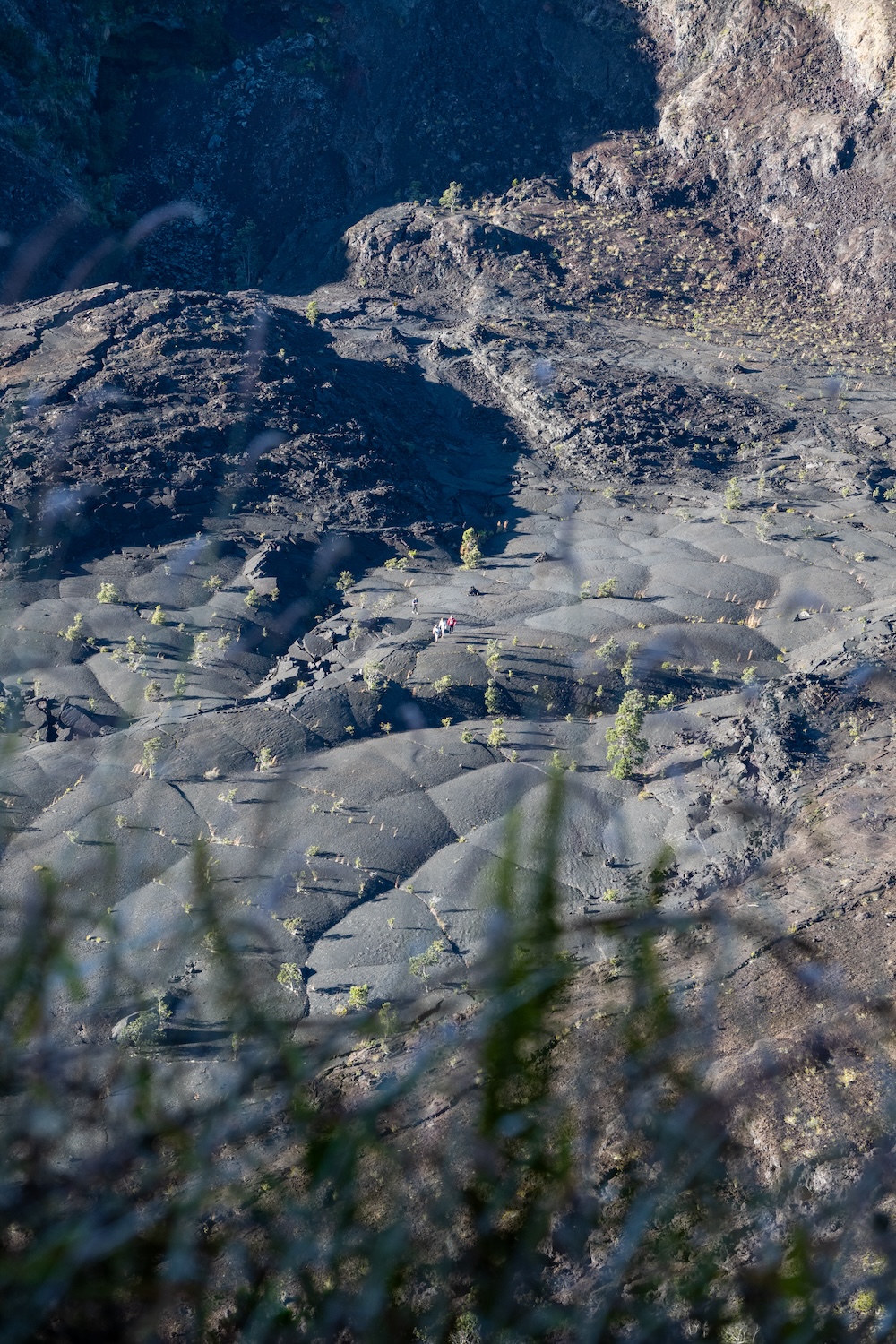
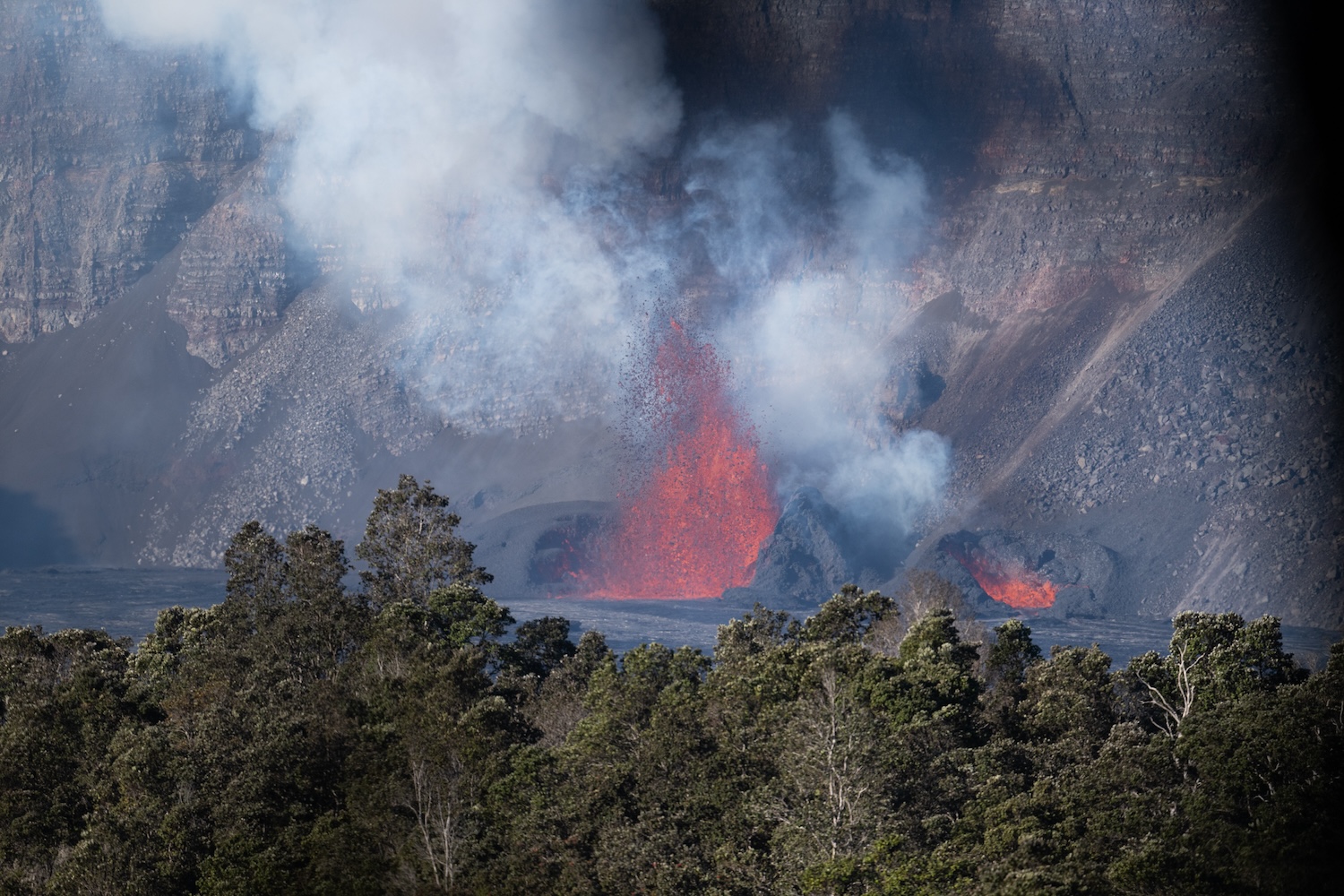
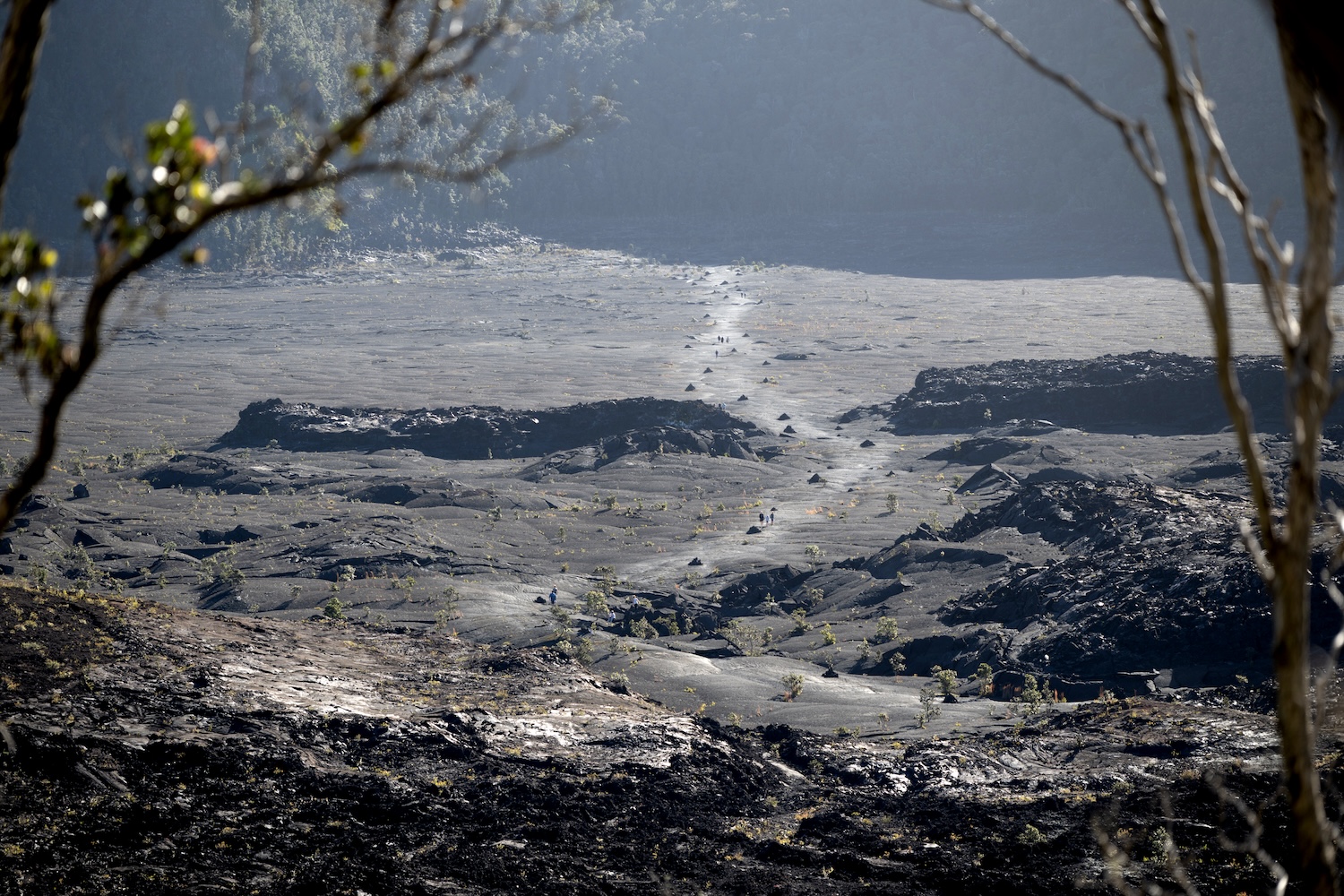
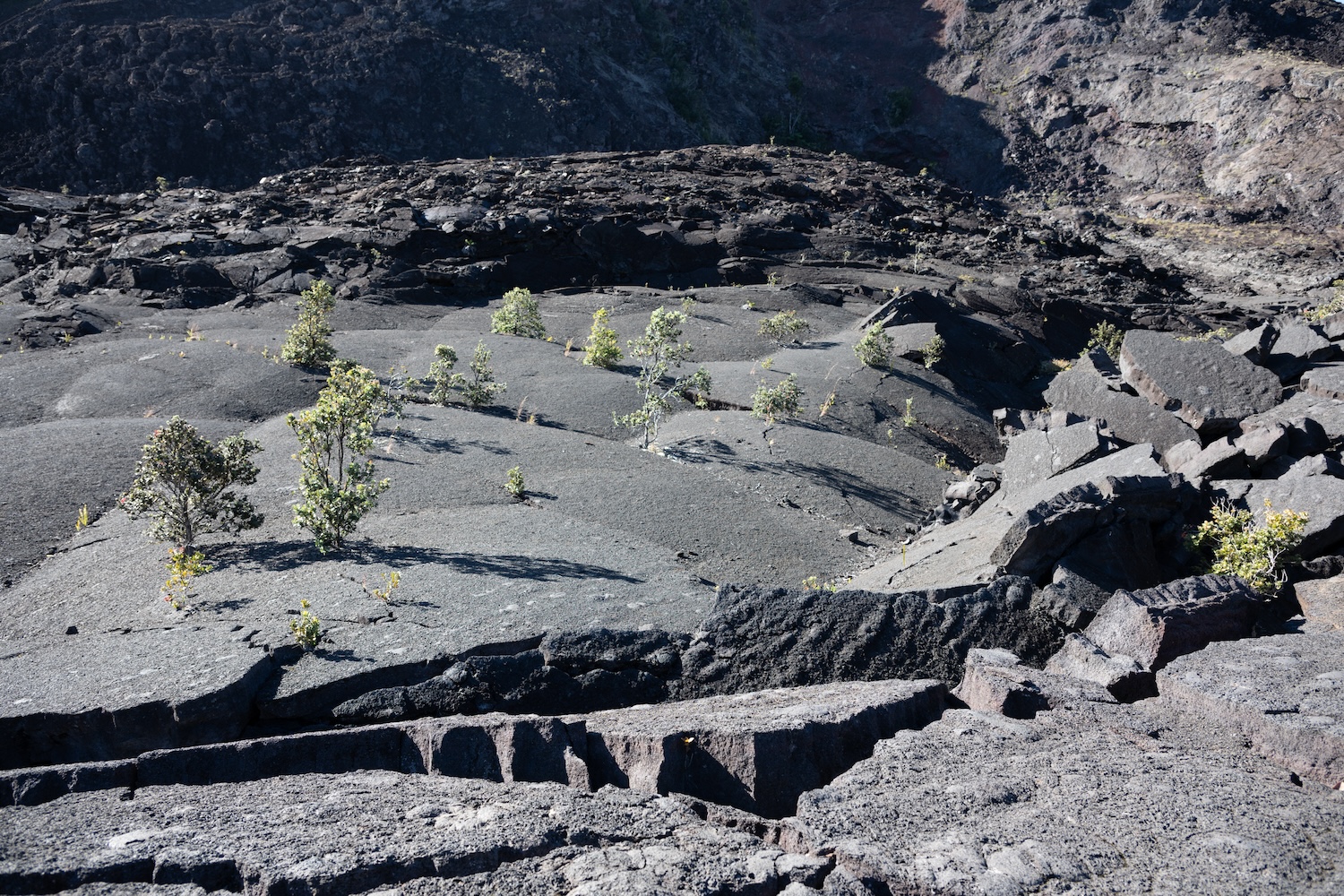
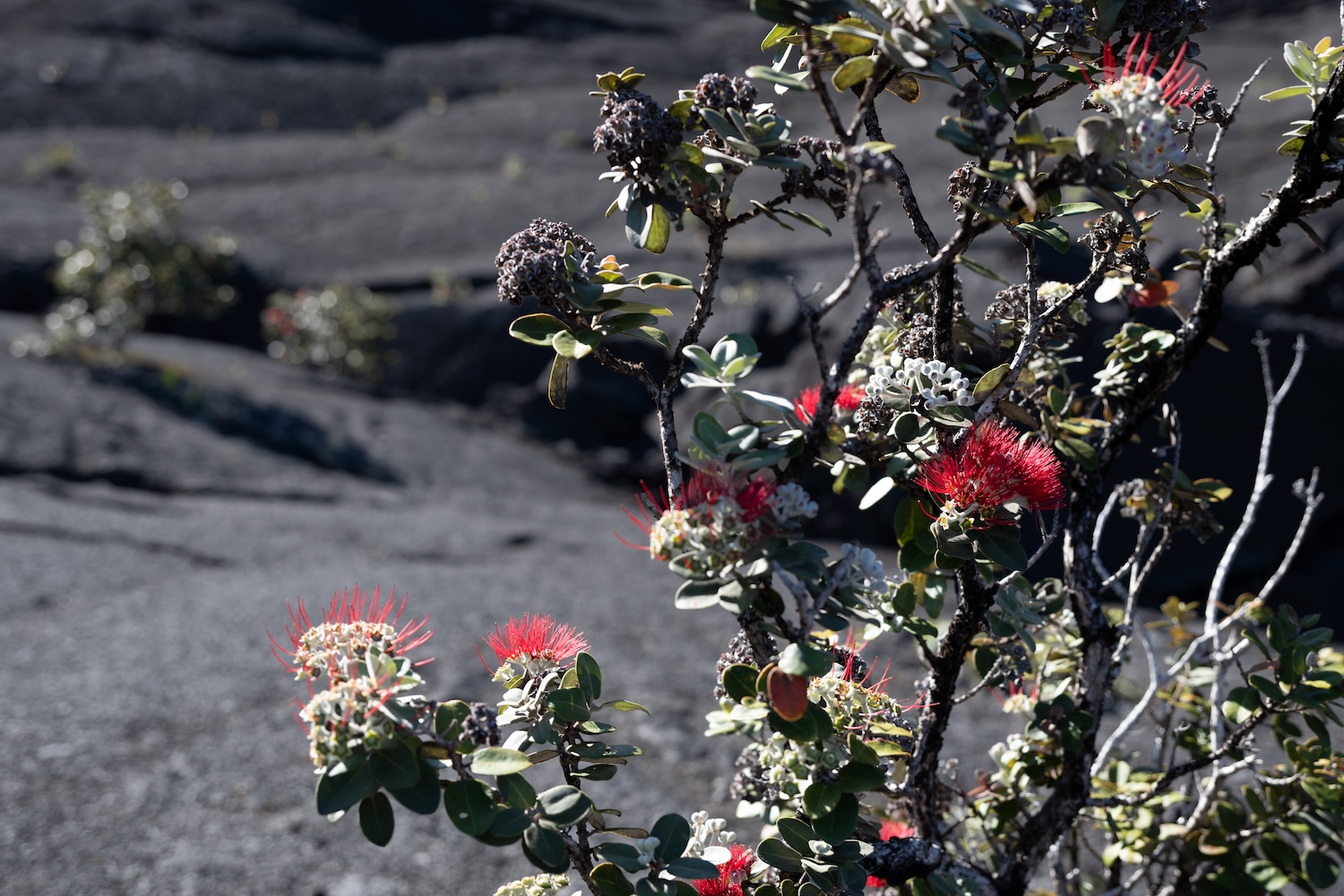
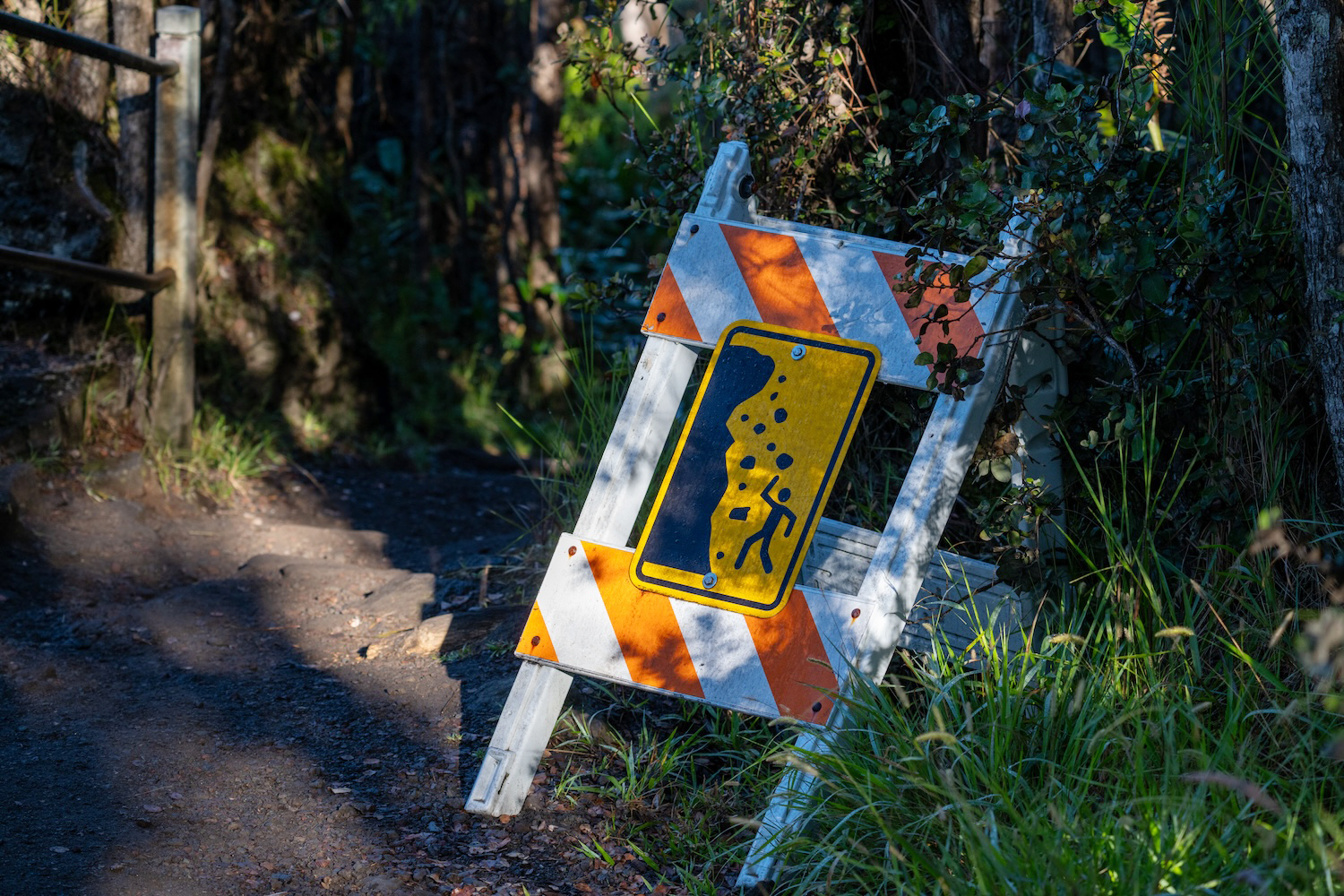
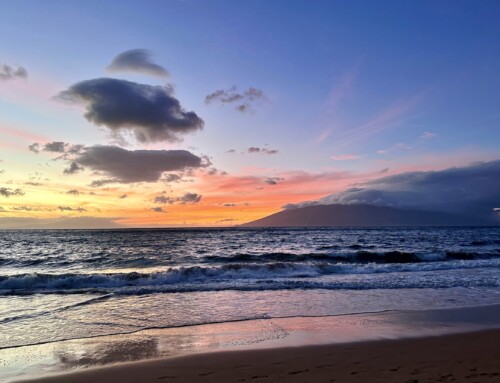

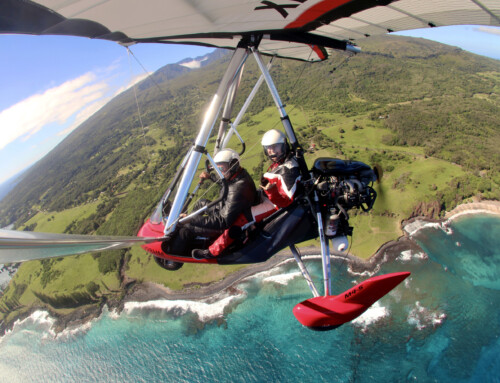










Leave A Comment